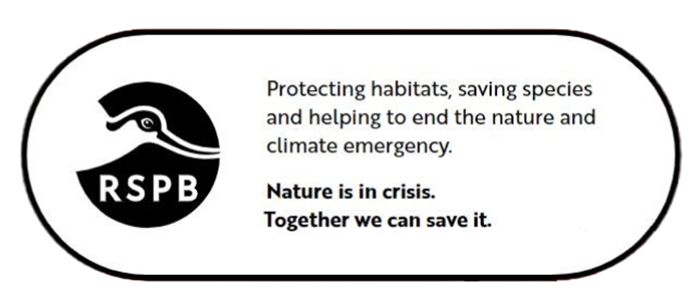Cranes successfully raised two chicks on RSPB Snape Wetlands Nature Reserve in Suffolk earlier this year. They are the first ever recorded pair to fledge young on the Suffolk coast.
The 82 hectare (202 acres) wetland near Snape Maltings is relatively new, with initial work to convert dry grassland into wetland and reedbed starting in 2008, forging to completion in 2014. Ponds and pools were excavated, and water levels were controlled to sculpt and create the wetland.
Since that time, RSPB Snape Wetlands has already attracted breeding bittern, marsh harrier and bearded tit as well as providing new habitat for mammals such as otter and water vole.
The pair of cranes who successfully raised two chicks on the reserve this summer, have attempted to nest in the wetland for two years previously, however they had not been able to fledge young.
The reserve still has a lot of time to develop and is very much a work in progress as it becomes established however, in partnership with the Environment Agency, the reserve is already teeming with wildlife.
The crane is a rare breeder in Britain with around 65 pairs breeding each year. Originally returning to the Norfolk broads in 1979, numbers are now steadily increasing with other populations being found in south Yorkshire, East Anglian Fens and with assistance via a crane introduction project, the Somerset levels and Moors.
Cranes need wetland (e.g. reedbed, fen, lowland bog, grazing marsh) to breed in, away from disturbance and with protection from predators. They make a nest in open water, often in emerging vegetation. After the eggs hatch, the family typically look for food near to the nest site for several weeks, but as the chicks get older, they roam further afield.
Aaron Howe, RSPB Site Manager – South Suffolk Coast said: “To have cranes successfully breed and fledge on the Suffolk coast for the first time and for it be on our relatively new Snape Wetlands reserve, is a great achievement. We hope this kick starts the population of cranes on the Suffolk coast and they become more widespread within the area of outstanding natural beauty.
“The cranes fledged the nest back in August, but because these birds are very susceptible to disturbance by people, we’ve waited until the family had time to grow and leave the site for the winter before shouting about how amazing this moment is. We will continue to manage the reserves wetlands to encourage more cranes to breed here, hopefully next year and beyond, and we thank the Environment Agency for their continued support.”
Mark Johnson, Environment Agency’s Area Coastal Manager (East Anglia) said: “We are really pleased that the new wetland at Snape has been so successful. It is testament to how the RSPB manage these important sites for species such as the crane. The Environment Agency are proud to be involved in this type of partnership.”
Please note: RSPB Snape Wetlands is closed to the public due to no rights of way through the site and restricted access, so is not currently accessible for visitors.
About the RSPB:
The RSPB is the UK’s largest nature conservation charity, inspiring everyone to give nature a home. Together with our partners, we protect threatened birds and wildlife so our towns, coast and countryside will teem with life once again. We play a leading role in BirdLife International, a worldwide partnership of nature conservation organisations.


Cranes with their chicks at RSPB Snape Wetlands 2022 (c) Andrew Moon
